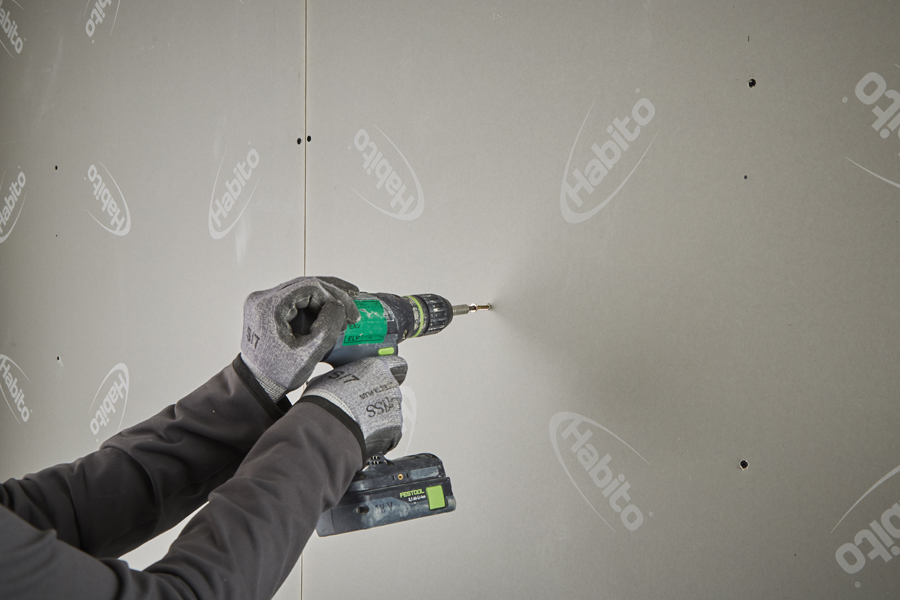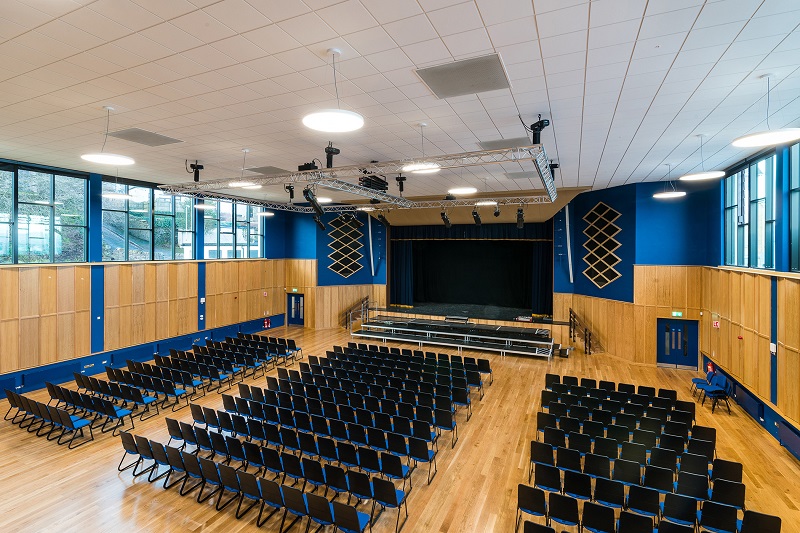With value engineering the driving force behind one of Lincoln’s latest mixed-use developments, being able to specify the latest products that provided complete performance, quality and assurance, all the while being cost-effective, was an important consideration.
As such, British Gypsum’s new plasterboard, Gyproc Habito, was specified for its incredible strength and durability, which in turn contributed significantly to the overall cost and time savings on the project.
Situated on Lincoln’s High Street, Rose House, which consists of four retail units and 11 apartments, was constructed as part of the new £22m East West Link Road – and as a project of this size, value engineering was key.

David Sims, Sub Agent at Balfour Beatty, said: “At the beginning of the project, we had already specified the plasterboard we were going to use within the apartments. However, we continued to hold various meetings to discuss value engineering options and during this time we were introduced to British Gypsum’s new plasterboard, Gyproc Habito.
“British Gypsum’s Project Specification Manager, James Byron, showed us videos about its strength and durability - due to the plasterboard being able to support a weight of up to 15kg with a single No.10 woodscrew, it meant that we could fix heavy objects like bathroom and kitchen units straight onto it. Ordinarily, we would have to install patressing behind, but this method meant we didn’t have to double up on boards or require plywood – reducing additional material and time costs. Gyproc Habito turned out to be a cost effective solution overall.”
As a result, British Gypsum’s 12.5mm Gyproc Habito was specified and installed on the internal walls of the apartments, which were constructed with Gypframe 70 AS 50 studs. Gyproc Habito plasterboard features a high strength engineered core - five times stronger than standard plasterboard, which provides enhanced levels of strength and durability. It enables end users to fix heavy and difficult items into place without any need for drills or specialist fixings; they can be simply screwed into the wall surface.
Additionally, it can also withstand substantial amounts of wear and tear and impact damage - significantly more than standard plasterboard, making Gyproc Habito ideal for high traffic areas.
David continued: “On this project we also used British Gypsum’s Thistle Hardwall as it is a quick drying plaster that offers a high impact resistance.”
British Gypsum’s Thistle plasters provide a demanding lining finish and range from durable plasters that protect against scuffs and knocks, to plasters specifically designed for different types of backgrounds.
Adam Yates from Yates Drywall, the installers on the project, said: “When we were approached by British Gypsum, we hadn’t actually heard about Gyproc Habito before. However, we were all impressed with the plasterboard when we tested it and are pleased to say that the installation went very well. We’ll definitely be using it on other projects in the future.”










